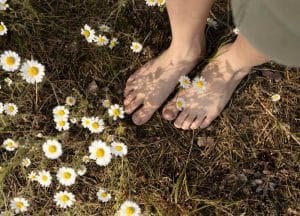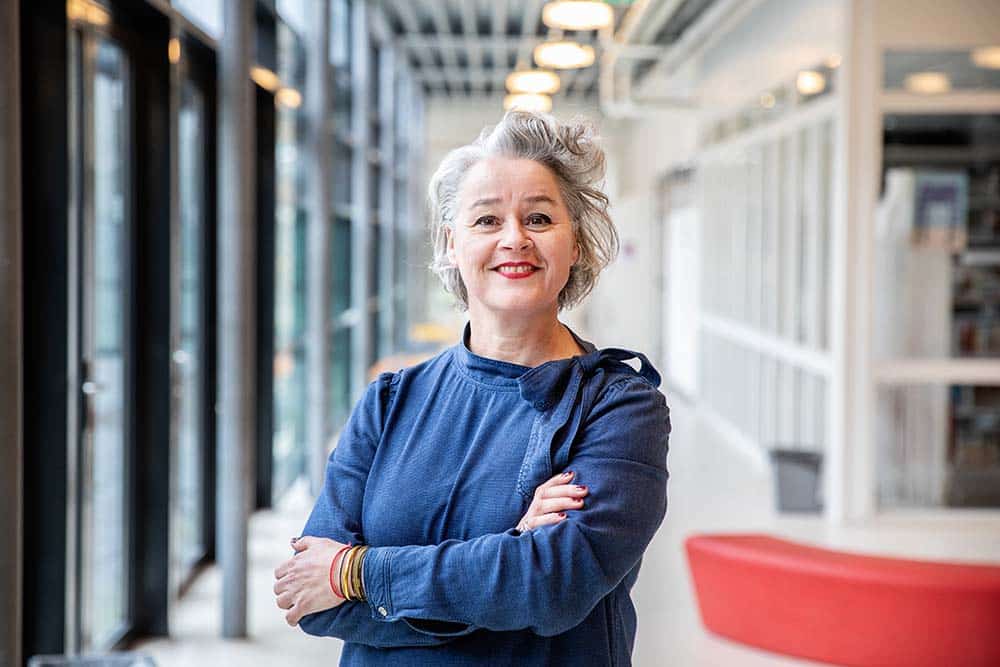Assignment 1
For this assignment you may use a dictionary or English-language Internet sources to help you.
a Where do you get your news?
Which of your news sources is most reliable? Explain your answer.
b Look up the difference between “misinformation” and “disinformation.”
| Slow Down and Be Sceptical
During the creepy-clown scare of October 2016, when rumours and social-media posts about threatening clowns shook schools across the Washington area, students in Danina Garcia-Fuller’s class mostly shrugged in disbelief. “Some people were getting scared because they saw things on social media,” said Patricia Visoso, one of Garcia-Fuller’s students at St. Francis International, a Catholic school in Silver Spring, Maryland. “But they never looked into seeing who was saying this.” The Instagram and Facebook posts were made not by mainstream news outlets, but by teenagers who offered no hard evidence that clowns really were plotting to attack students. The story turned out to be a hoax. “I think a lot of people just look at one thing and automatically assume it’s true,” Patricia’s classmate Ivy Brooks said. “It’s really important to know what’s going on, so you need to look at the right sources and pay attention to what is opinion and what is fact” — or, in the case of the crazy clowns, to what is simply rumour. Garcia-Fuller’s students are some of the many young people across the country working to think critically about information they’re seeing in the news and on the Internet. It’s an increasingly important skill at a time when stories can spread lightning-fast and when seemingly anyone can make a website to frame opinions, or outright lies, as facts. According to a new report by Common Sense, a non-profit organization that studies the way kids interact with the media, only 44 percent of kids said they feel that they can tell real news stories from “fake news” that is intentionally wrong or inaccurate. About one-third of kids said they had shared a news story online that they later found out was inaccurate. There are a few ways people can avoid falling for fake news stories and be better consumers of “real” news, says Peter Adams, a senior vice president of the non-profit News LiteracyProject. “One of the first steps is to slow down,” Adams said. If a story or social-media post or even a photo seems “too perfect, too good to be true,” stop and think: Is there evidence that supports what’s being claimed? And where is this coming from? Is it from a news organization that has standards, such as correcting things when it gets them wrong? Does the author or organization have any bias or prejudice? Distinguishing between fact and opinion, as well as between fact and fiction, is a crucial skill that allows democracy to work, Adams said. “Opinions are good to read,” said McKenzie Campbell, “but you also have to go back to your facts and make sure they don’t contradict.” Sometimes it can be tricky to distinguish fact from fiction, Garcia-Fuller acknowledges. She tests her younger students with a website that appears to provide information on an animal called the Pacific Northwest Tree Octopus. The site is full of information on this tree-climbing creature, along with a few grainy photos. But like the creepy clowns, it’s entirely made up. The lesson, Garcia-Fuller tells her students, is to “double-check the information you’re seeing” and “question everything — including things that I say.” Based on: washingtonpost.com |
Assignment 2
Read the text. For each definition, find the word or expression it describes in the text and write it down.
a. doubting that something is true……..
b. stories that are passed from person to person but have not been proven to be true……..
c. without believing that something is true or real……..
d. widely accepted, conventional companies that report information……..
e. secretly planning……..
f. very fast……..
g. to express or describe in a particular way to suggest a specific meaning……..
h. complete and total……..
i. planned, on purpose……..
j. the ability to read or write……..
k. to become slower……..
l. to say or mean the opposite……..
m. invented and untrue……..
Assignment 3
a Choose the best summary.
1. Most young people don’t bother to check if news is true or fake, but that is not a problem.
2. Students can visit a website called the Pacific Northwest Tree Octopus to check if news stories are real or fake.
3. Teenagers dressed like clowns are posting information and evidence on social media sites like Instagram and Facebook.
4. There is a lot of fake news on the internet, which is a problem for readers who don’t know the news is fake.
b For each statement, write down if it is true or false. Each time, also underline or copy one or more sentences in the text that confirm your choice.
1. In 2016, a group of scary clowns were threatening to hurt students.
2. More than half of younger people find it difficult to see if a story is real or fake.
3. It is actually really easy to see the difference between real and fake stories.
c How can people avoid falling for fake news stories and be better consumers of real news?
Make a list of at least 5 tips that you found in the text.
Extra: To increase your skills for recognizing fake news, print, read and use the Ten Questions for Fake News Detection.
Downloads
Opdracht 12_Lezen_B2_Slow_Down_and_Be_Sceptical
Uitwerkingen 12_Lezen_B2_Slow_Down_and_Be_Sceptical_-_uitwerking





